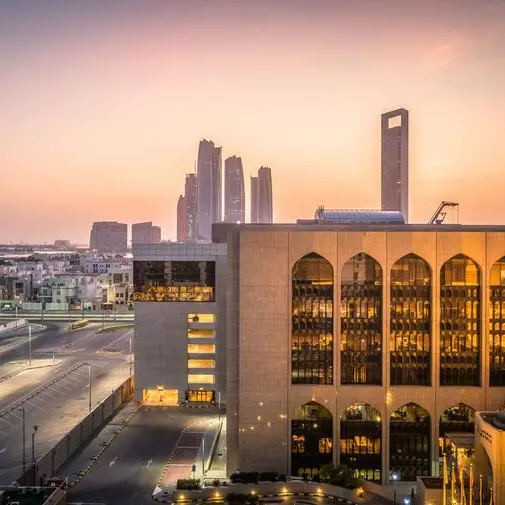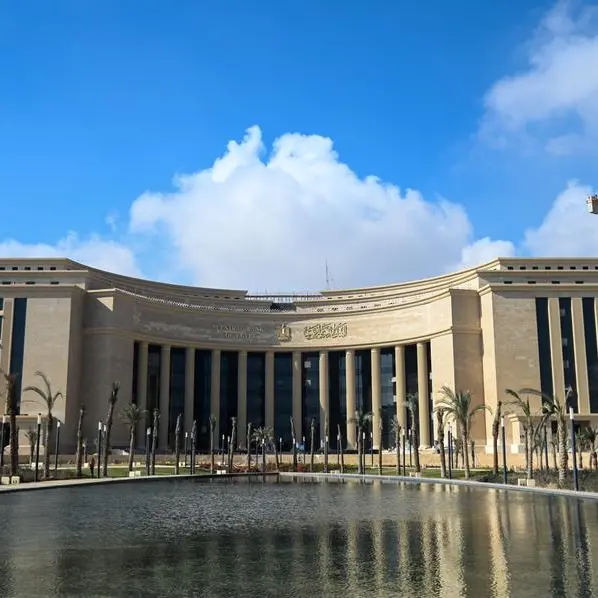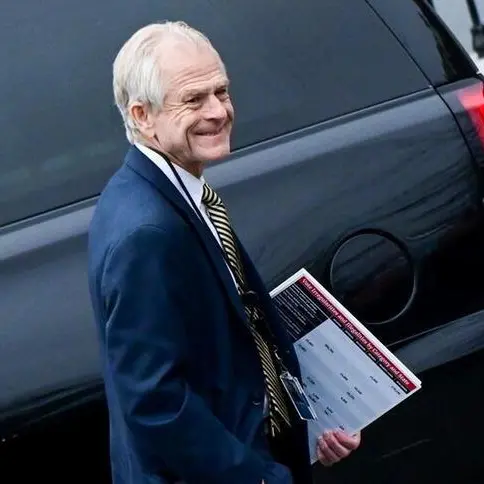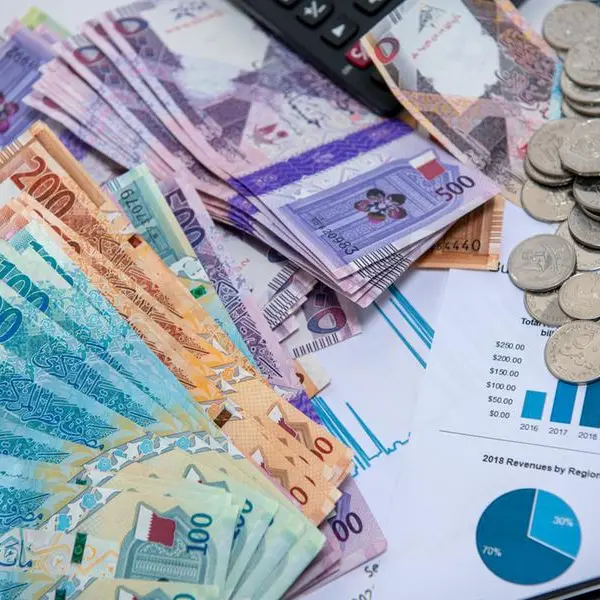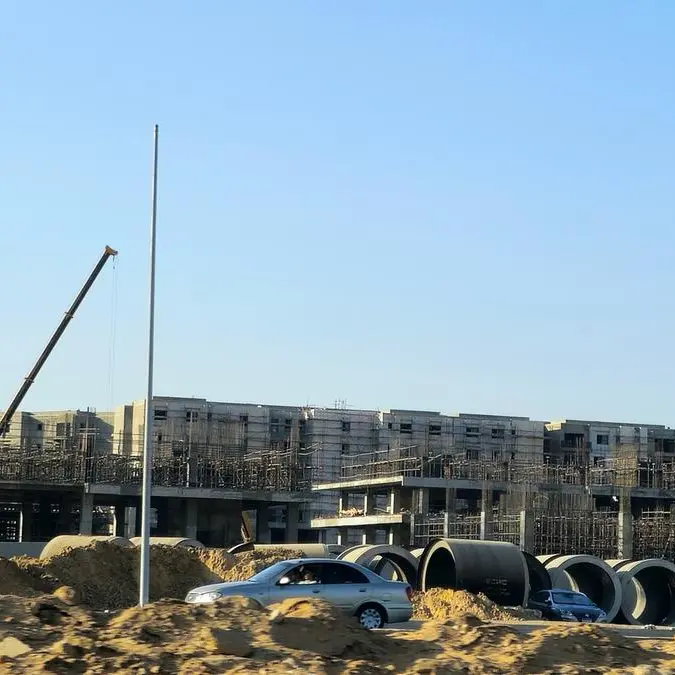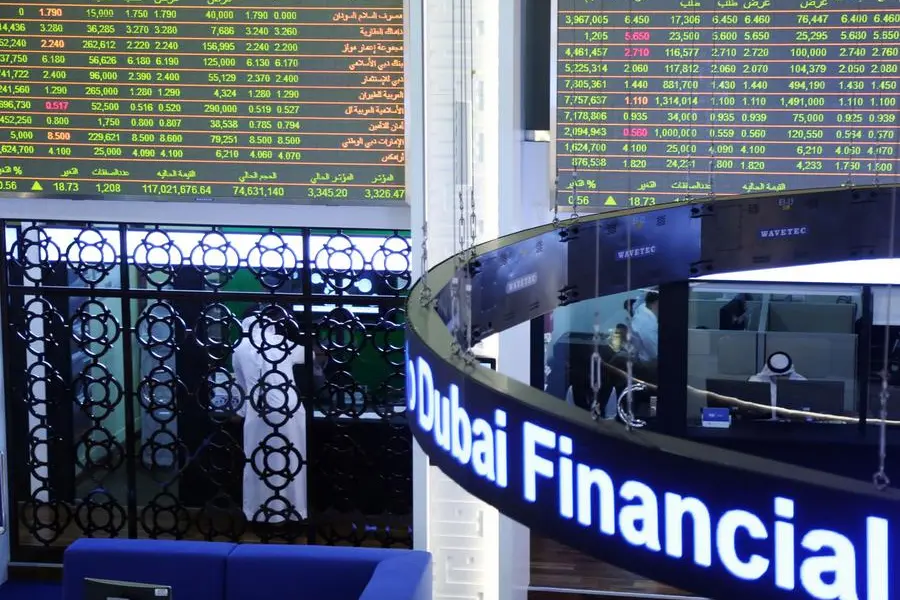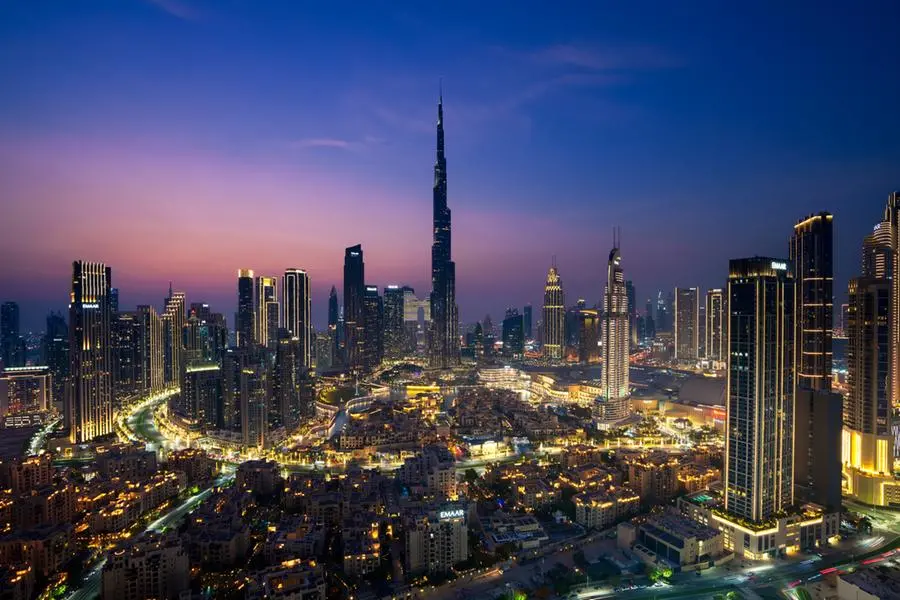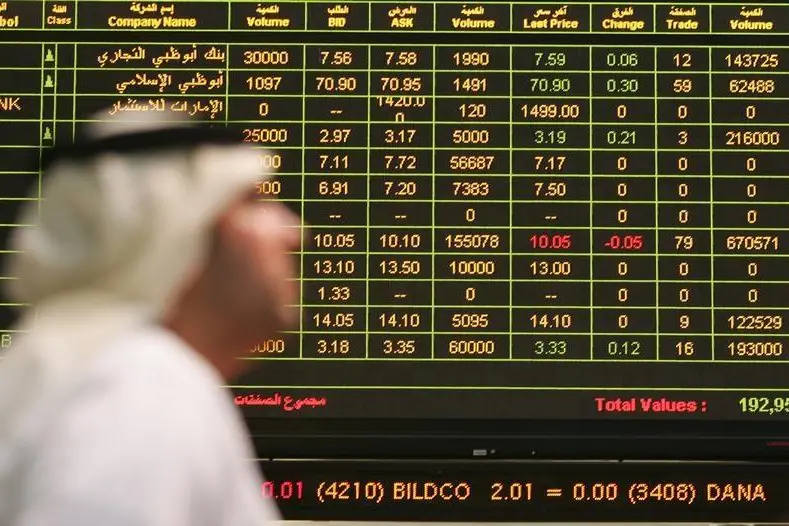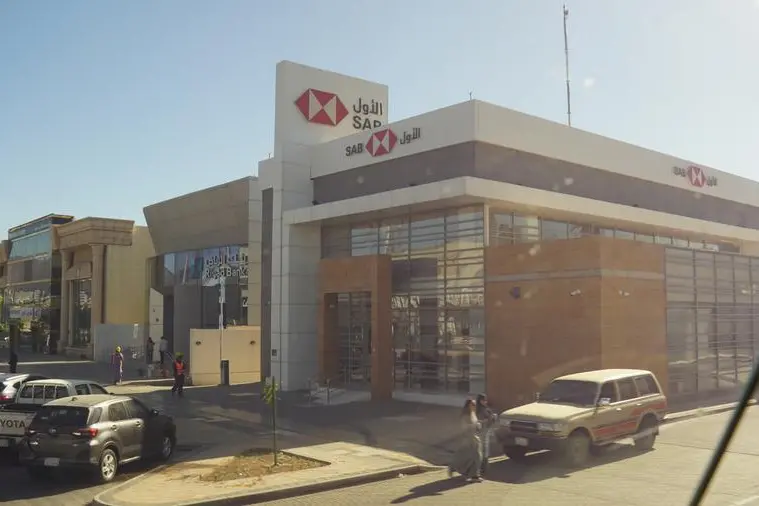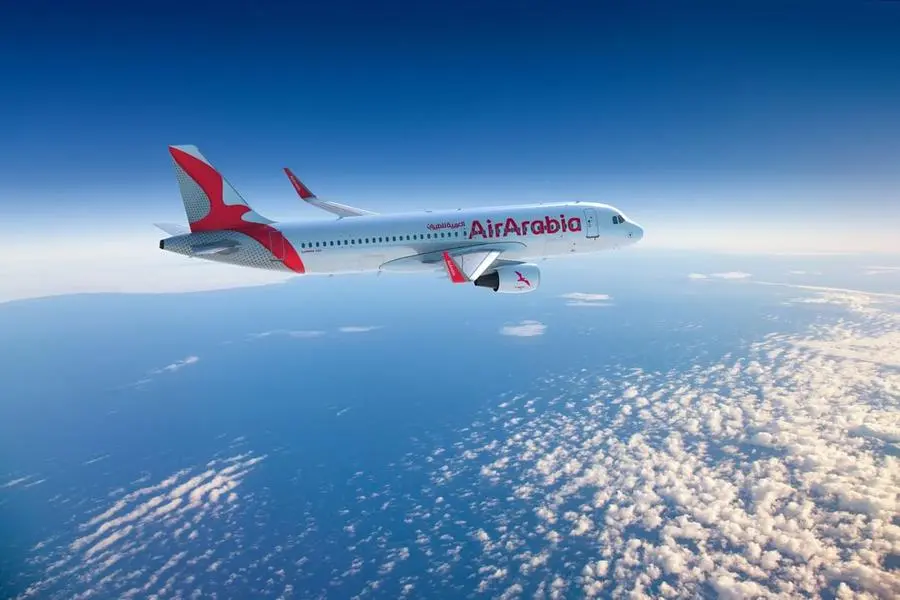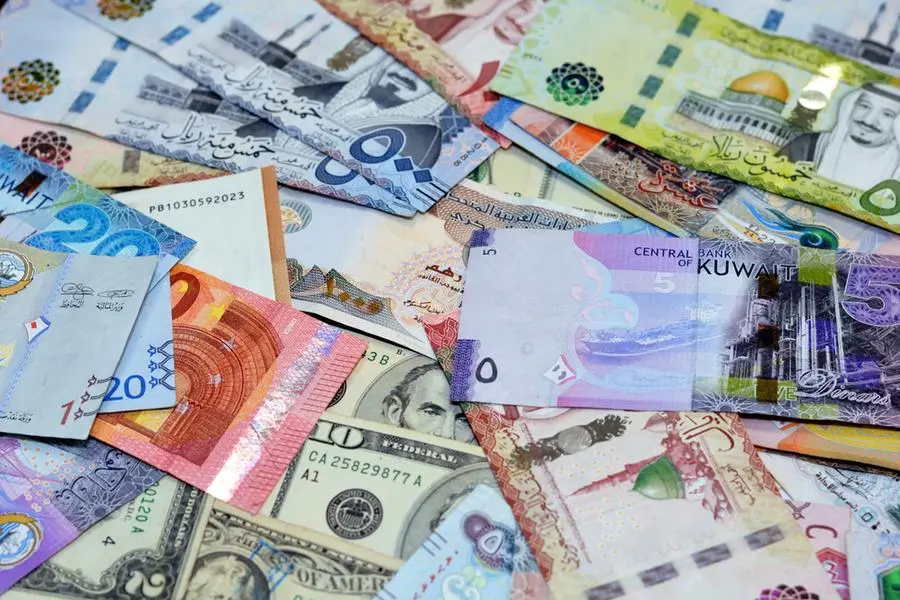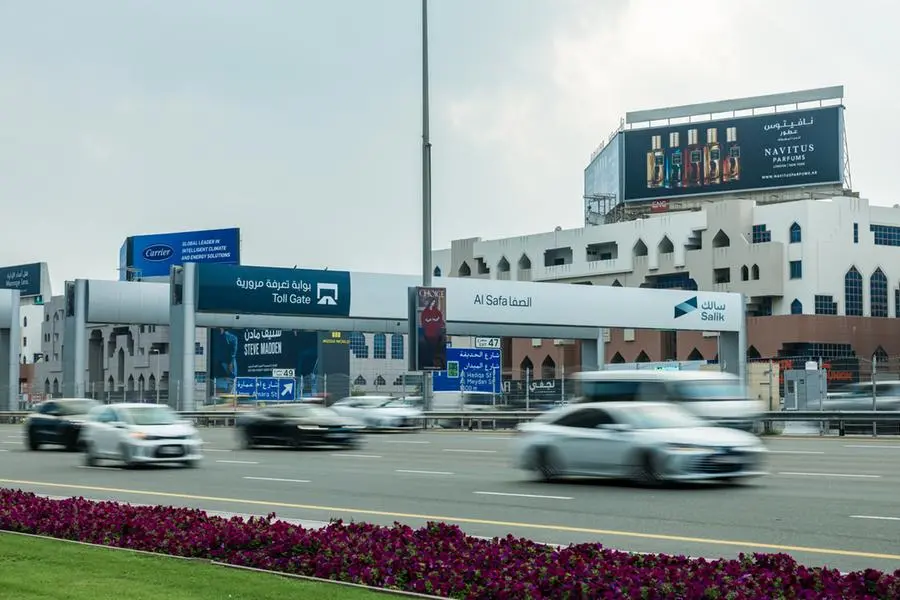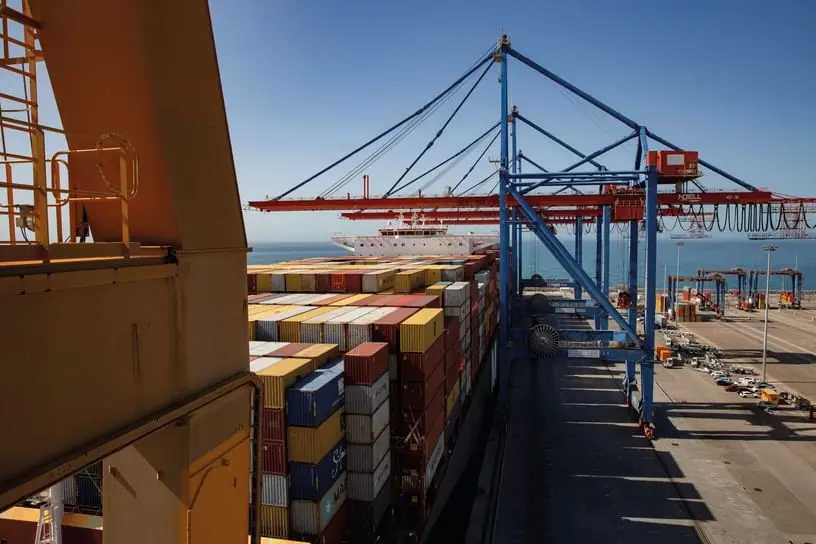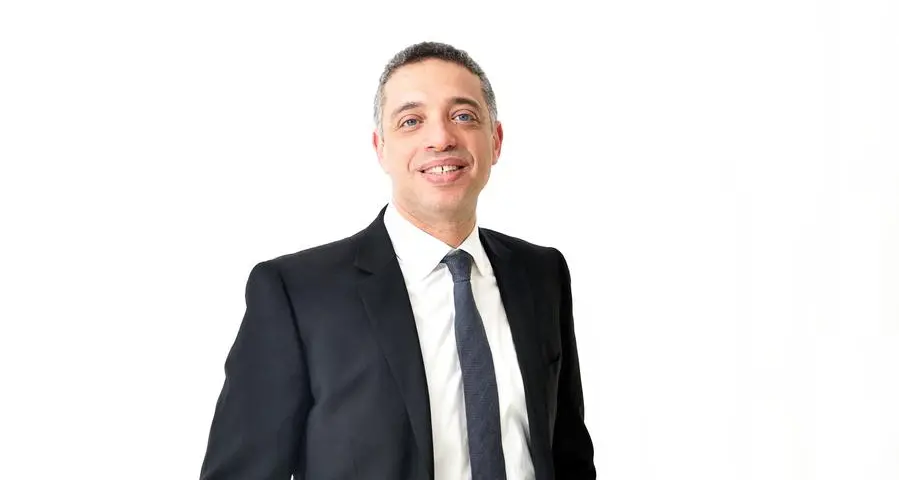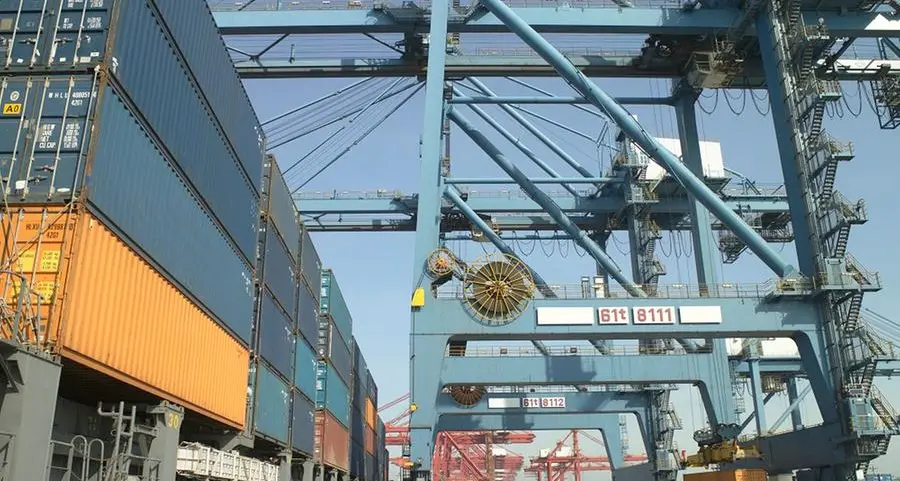While regional stalwarts Saudi Arabia, UAE and Kuwait grab all the economic headlines, the Omani economy is quietly showing impressive growth and resilience.
The Omani Central Bank chief expects the Sulanate's economy to grow at 5% this year, which is remarkable considering it comes during an infectious round of global economic weakness.
Oman has benefited from rising crude production at a time of high crude prices. Crude petroleum revenues rose 25.7% during the first quarter of 2012 compared to the same period last year, while natural gas revenues rose nearly 30% during the same period.
Other sectors also showed double-digit improvement: the manufacturing sector grew 16.4% during the first quarter compared to the same period last year. The hotels and restaurant sector also grew 10.3% as the tourism industry rebounded.
Meanwhile, financial services rose 8.6% and real estate services posted 8.4% growth, according to data from Oman's Ministry of Economy.
The return to form is even more impressive as Oman went through a tough period last year during the Arab Spring revolution. The country's political structure was tested when protestors demanded greater political, social and economic reforms and the government had to move quickly.
''The government has ramped up spending recently to address social welfare needs and concerns, yet Oman's breakeven fiscal oil price has risen only slightly from its 2008 level," notes ratings agency Moodys. "However, at an estimated $77 per barrel, Oman's fiscal breakeven oil price is one of the highest in the GCC.''
Much of the unrest was due to lack of employment opportunities.
"Unemployment among nationals has emerged as a pressing issue," said the IMF in a report on the economy earlier in the year. "In response to social concerns, the government has since early 2011 increased the number of public sector jobs, raised the minimum wage for Omani workers in the private sector, introduced a new unemployment benefit, and almost doubled the intake for higher education."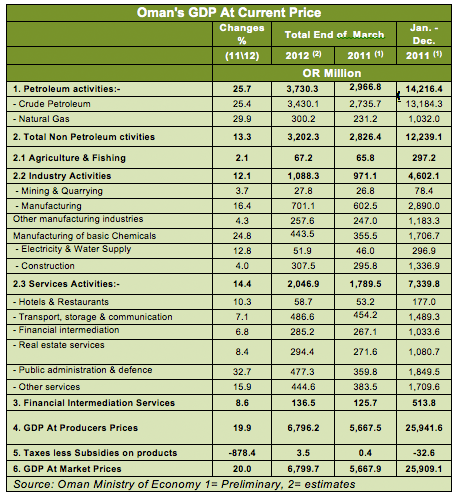
Of course, the situation was not as nervy as in neighbouring Yemen or even Bahrain, and a series of overtures from the Omani government and financial aid of USD10-billion over ten years from Gulf governments ensured that unrest was kept at bay.
In August Sultan Qaboos bin Sultan ordered a string of directives which included a plan for employment for Omani citizens and incentives for housing loans.
Under the directive, 56,000 new jobs will be created of which 36,000 will be the public sector, primarily in armed forces. The government claims to have created 50,000 jobs over the past year primarily in the public sector.
While jobs in the public sector are better than no jobs, it continues to be a burden on government finances and keeps Omani citizens away from private sector jobs.
For government to keep financing ever rising expenditures, it needs high crude prices. Luckily for Oman, the global crude market is eager for the country's crude in the near-term.
The Organization of Petroleum Exporting Countries (OPEC) estimates that Oman will be among the leading non-OPEC producers this year, with output rising to 910,000 barrels per day, an increase of 20,000 bpd during the year.
The country has also benefited as Iranian, Syrian and Yemeni supplies have declined over the past few years due to political tensions in each of the countries. Asian markets, looking for steady suppliers, have found the non-OPEC producer a willing supplier.
Not surprisingly, the country's budget surplus rose to USD4.2-billion in the first half of the year, according to the Central Bank of Oman.
Government revenues also rose 35.4% to reach USD19.1-billion in the first half of the year, compared to USD14.1 billion during the same period last year.
Boosted by the growth, public expenditure has risen to nearly 14% to reach USD15-billion.
"The prospects for the Omani economy looks generally benign with growth accelerating and the fiscal position set to remain favourable," notes NCB Capital in a report on the country. "Investor confidence in the government's policies was reflected in oversubscriptions of more than 200% for the latest Government Development Bond."
The Saudi bank notes that FDI inflows were also impressive with the Ministry of the National Economy estimating total foreign direct investment reaching OME6.2bn as of the end of 2011.
"Even though growth prospects remain favourable, Omani banks have fairly consistently favoured the public sector in their lending, As of March 2012, credit to public sector enterprises was growing at 53.8% year-on-year whereas private sector credit progressed at 16.3%."
The sultanate is hoping that a USD78-billion, five-year development programme would ensure the economy continues to hum along nicely even as the global economy provides little comfort.
"The government will continue to pursue an expansionary fiscal policy in 2013-16," said the Economist Intelligence Unit in its latest report. "Although high oil prices will enable it to fund increased expenditure, we forecast that the budget surplus will fall to an average of 3.3% of GDP in 2013-16."
OIL-DEPENDENT
Impressive as Oman's macroeconomic indicators are, the country has not moved away from the hydrocarbons economy, which makes it especially vulnerable to price volatility in the crude market.
Unlike regional counterparts UAE, Qatar, Kuwait and Saudi Arabia, the Omani fiscal cushion is not that deep and the country, along with Bahrain, is most vulnerable to a sustained drop in oil prices. This problem is exacerbated if we consider that, unlike many of its neighbours, Oman does not have huge crude reserves.
The government is hoping to change that by using enhanced oil recovery (EOR) technology to tap the Habhab field which is said to contain around 2.4-billion barrels of oil.
"Oman has thus far implemented a successful program to reverse the decline in production, deploying some of the most sophisticated methods of oil extraction," notes the U.S. Department of Energy. "Oil production in Oman has increased by more than 24 percent over the past four years, from a low of 714,000 bbl/d in 2007.
The Petroleum Development of Oman owns a concession which previously encompassed most of the country (Block-6), which has since been broken up and parceled out in successive bidding rounds, says the department. Much of the production growth has come from the success of international firms in developing former portions of Block-6.
Overall, the Petroleum Development Oman is earmarking USD26-billion to invest in the country's oil and gas sector over the next five years.
Oil and Gas Ministry officials believe this is part of the bigger USD100-billion to be invested in the fossil fuels sector, with at least USD40-billion apportioned to the natural gas sector, especially to tap unconventional gas supplies in Oman, which can be accessed by hydraulic fracturing methods. BP has pledged to invest USD24-billion over 25 years to tap 6.7 trillion cubic feet of 'tight' natural gas, or 1 billion of cubic feet per day. The project is expected to start from 2017 and has a number of phases.
While the discovery of 'tight gas' and oil has been a boon for the United States, the technologies and techniques have not transferred well in other parts of the world due to different geological characteristics.
But the government remains keen on maintaining investments in the sector. In the past few weeks, the PDO struck a USD106.3-million deal to with Spain's Tecnicas Reunidas and Oman's Al Hassan Engineering Co to develop the Zauliyah natural gas plant. The oil ministry also allowed MOL Oman to explore for oil and natural gas in the south of the country.
"Government finances will remain vulnerable to changes in hydrocarbons prices, as illustrated in 2009 when oil prices slumped and the budget swung into deficit," the EIU notes.
Ratings agency Moody's concurs, suggesting Oman has much smaller oil and gas reserves than the other five GCC member states and it is heavily dependent on oil and gas, which account for around 90 percent of government revenue. Oman's economic risk is therefore its vulnerability to fluctuations in oil prices.
''Nonetheless, the effects of large fluctuations in oil prices are buffered to a certain extent by the government's ample fiscal space for countercyclical policies, which in large part stems from its low debt level," the agency noted.
The government seems to be aware of the challenges.
"GCC countries cannot continue to finance high-cost development projects through budgets, given that revenues are dependent on volatile oil prices," said Oman's Central Bank of Oman Executive President Hamood Zadjali at a conference.
The fact that non-oil exports have increased in recent years should not lead to complacency, warns the IMF. "The new export industries are mostly energy-intensive and have to a great extent depended on receiving fuel at far below world market prices. As such, the emergence of these new industries has not done much to reduce the economy's dependence on hydrocarbons."
FRASER SURVEY
The survey by a Canadian think tank and research group Fraser Institute shows Oman may be making economic progress. The country was ranked among the 20th most economically free in Fraser's annual 2012 Economic Freedom of the World Report. This was an seven rank improvement over last year's survey.
The sultanate' rise was due to improvement in the size of government, monetary policy and freedom to trade internationally. The country already ranks highly in legal system and property rights, according to the Institute.
Still, Oman was only the fifth-best performing Gulf market in the survey, with Bahrain, United Arab Emirates, Qatar and Kuwait, all comfortably ahead of the sultanate.
The government is making efforts to grow the economy away from the hydrocarbons sector.
A USD5-billion railway plan and investments in airport and seaports would help to connect the sparsely populated large country and improve trade. Meanwhile, Saudi, Emirati and Oman has announced plans to build a USD400-million steel plant in Dhofar.
"Government plans also reflect a strong emphasis on education and social infrastructure," notes the IMF. "With civil investment by the central government projected to average about 16 percent of non-hydrocarbon GDP over 2012-16, annual non-hydrocarbon GDP growth is expected to stay at about 5½ percent over the medium term."
CONCLUSION
Oman's problems are similar to the ones facing oil-exporting countries, but it has a much smaller cushion which is a cause for concern.
But so far efforts to move away from the hydrocarbons sector have had mixed results.
In fact, the government has made massive investments to reverse the decline in oil and gas production. And while that sustains the economy in the medium-term, the government will have to strive hard and pursue diversification strategies aggressively to create jobs and non-hydrocarbon growth.
© alifarabia.com 2012
